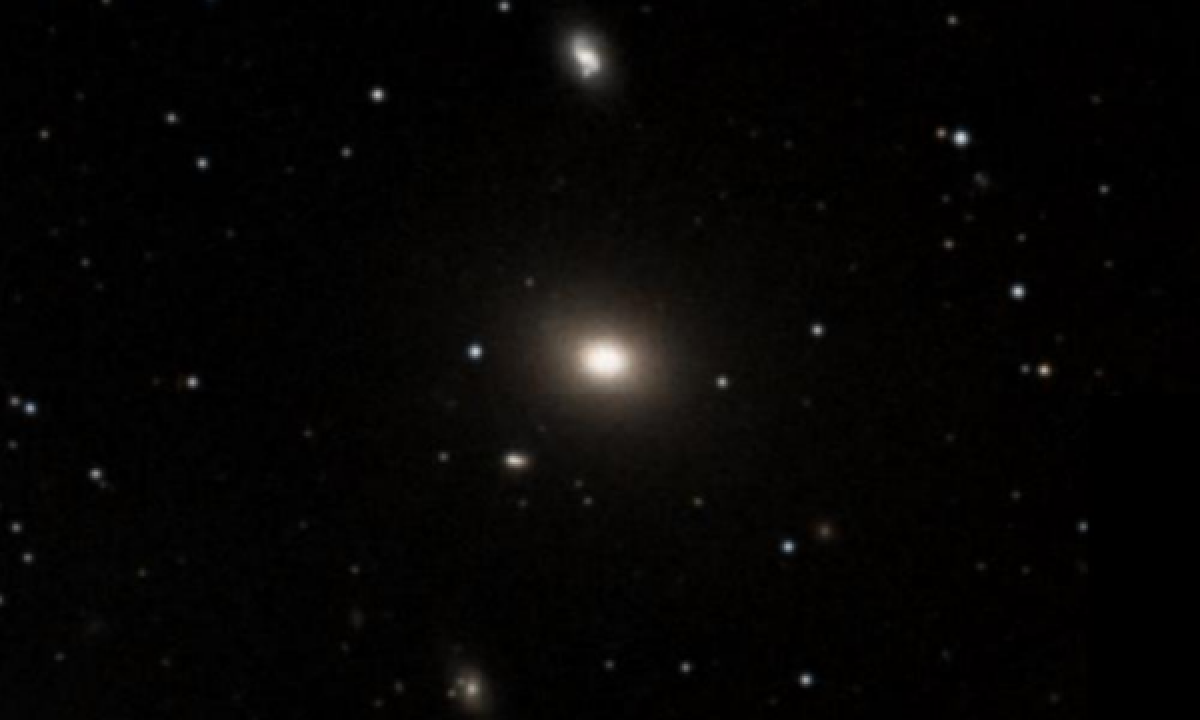The New General Catalogue of Nebulae and Clusters of Stars (abbreviated as NGC) is a catalogue of deep-sky objects compiled by John Louis Emil Dreyer in 1888. The NGC contains 7,840 objects, known as the NGC objects. It is one of the largest comprehensive catalogues, as it includes all types of deep space objects, including galaxies, star clusters, emission nebulae and absorption nebulae.
Know more about NGC
NGC 1060

NGC 1060 is a lenticular galaxy approximately 256 million light-years away from Earth in the constellation of Triangulum. It was discovered by William Herschel on September 12, 1784. NGC 1060 is the brightest member of the galaxy group LGG 72, which contains approximately 15 galaxies. Intergalactic medium (IGM) in this system is highly disturbed, with separate X-ray peaks centred on the two main galaxies of the group, NGC 1060 and NGC 1066. A ~250 kpc arc of hot gas is linking these two galaxies. The system appears to be undergoing a merger, which may have triggered the nuclear activity in NGC 1060. In 2013 a small-scale (20”/7.4 kpc) jet source was detected in NGC 1060, indicating a remnant of an old, low power outburst. The radio emission which arises from this jet was also detected. NGC 1060 is an active galaxy, with confirmed active galactic nucleus (AGN).
More Images:

Sources:
Wikipedia Page: NGC 1060
NGC 1060 at In-The-Sky website
